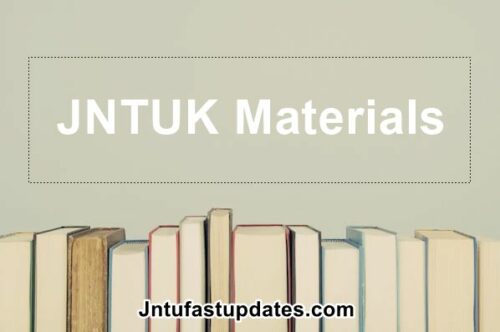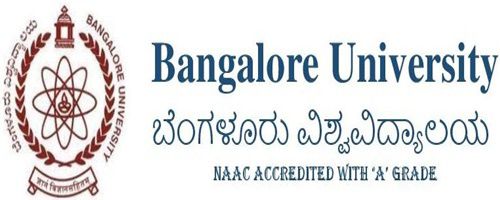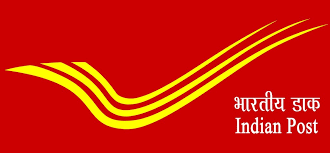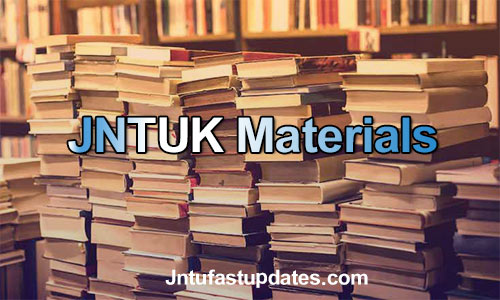JNTUK R16 4-1 NSC Material/Notes PDF Download
Students those who are studying JNTUK 4-1 R16 ECE Branch, Can Download Unit wise R16 4-1 Network Security & Cryptography Material/Notes PDFs below.

JNTUK R16 4-1 NSC Material/Notes PDF Download
Course Objectives: This course is designed to:
- In this course the following principles and practice of cryptography and network security are covered:
- Classical systems, symmetric block ciphers (DES, AES, other contemporary symmetric ciphers)
- Public-key cryptography (RSA, discrete logarithms),
- Algorithms for factoring and discrete logarithms, cryptographic protocols,hash functions, authentication, key management, key exchange, signature schemes,
- Email and web security, viruses, firewalls, digital right management, and other topics
UNIT-1
Basic Principles
Security Goals, Cryptographic Attacks, Services and Mechanisms, Mathematics of Cryptography.
UNIT-2
Symmetric Encryption
Mathematics of Symmetric Key Cryptography, Introduction to Modern Symmetric Key Ciphers, Data Encryption Standard, Advanced Encryption Standard.
UNIT-3
Asymmetric Encryption
Mathematics of Asymmetric Key Cryptography, Asymmetric Key Cryptography
UNIT-4
Data Integrity, Digital Signature Schemes & Key Management
Message Integrity and Message Authentication, Cryptographic Hash Functions, Digital Signature, Key Management.
UNIT-5
Network Security-I
Security at application layer: PGP and S/MIME, Security at the Transport Layer: SSL and TLS
UNIT-6
Network Security-II
Security at the Network Layer: IPSec, System Security
Text Books:
- Cryptography and Network Security, Behrouz A Forouzan, DebdeepMukhopadhyay, (3e) Mc Graw Hill.
- Cryptography and Network Security, William Stallings, (6e) Pearson.
- Everyday Cryptography, Keith M.Martin, Oxford.
Reference Books:
- Network Security and Cryptography, Bernard Meneges, Cengage Learning.
Course Outcomes:
- To be familiarity with information security awareness and a clear understanding of its importance.
- To master fundamentals of secret and public cryptography
- To master protocols for security services
- To be familiar with network security threats and countermeasures
- To be familiar with network security designs using available secure solutions (such asPGP, • SSL, IPSec, etc)

320-x100(1).gif)






